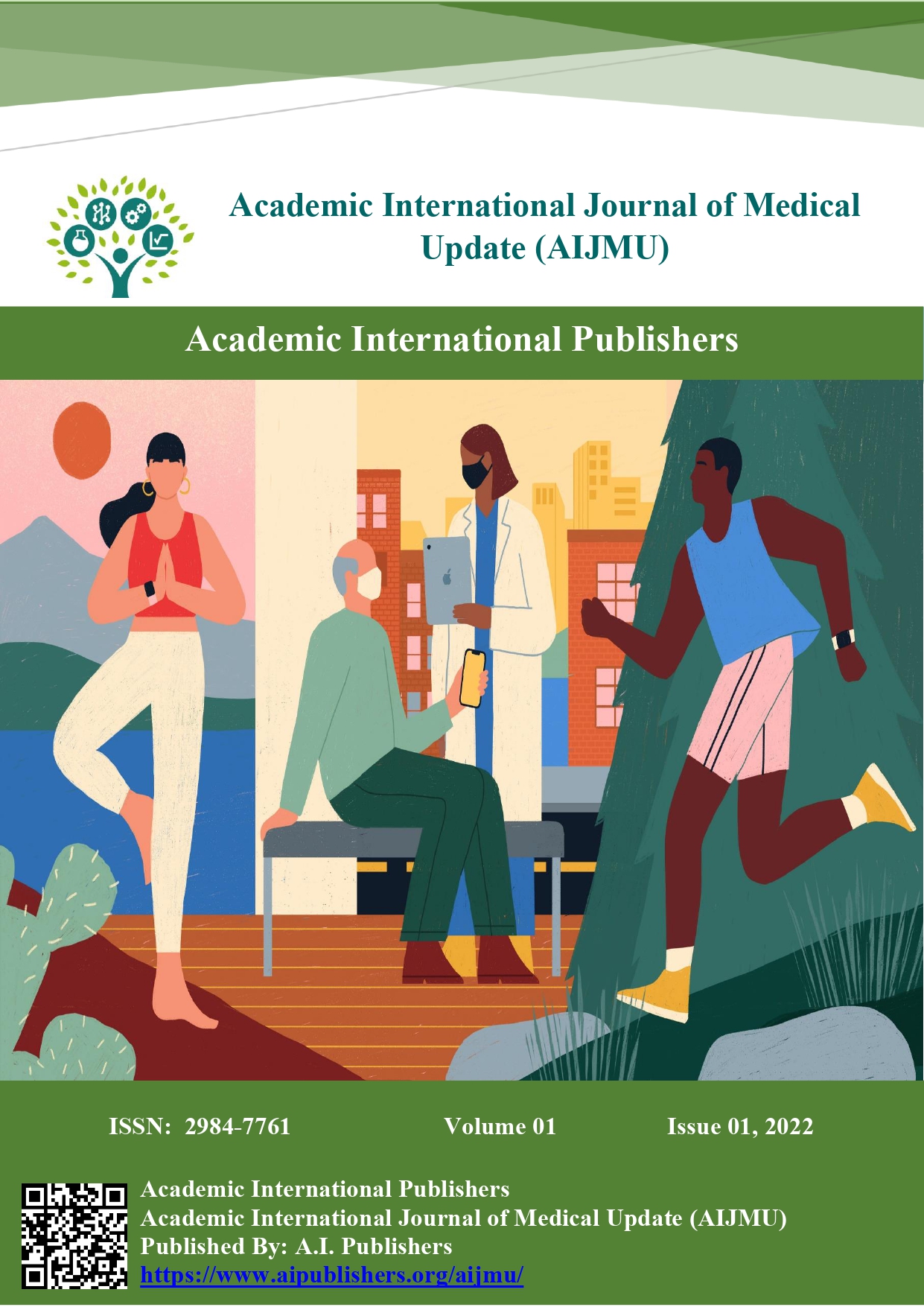Correlation Study Between Shortness of Breath, Fever, Severe Cough, and Hypoxemia in Corona Patients
DOI:
https://doi.org/10.59675/U211Keywords:
Shortness of breath,, Fever,, Severe cough,, Hypoxemia.Abstract
Our current research includes a study of the correlation between some of the most important symptoms associated with infection with the corona virus, and hypoxia in the blood, especially after its attachment to the wall of the epithelial lining of the pulmonary alveoli sacs directly, and the completion of the incubation cycle in the lungs as well. And it is known that infection with the corona virus leads to poor performance and function of the lungs in the required manner before infection, due to the exposure of the wall of the pulmonary alveoli to inflammation through a significant increase in its thickness. The number of patients indicated for each month, and the total number for the year, which is about (8999) patients , through which we can determine whether there is a significant difference between them or not, in addition to that we can show through the percentage of each type of symptoms that appear on corona patients (fever, sever coughing, shortness of breath: 75 %, 68 %, 34 %) respectively, the relationship between them and oxygen level in the blood.
Objective: Observing the most important symptoms that lead to hypoxia in the blood, and controlling them, which leads to a gradual improvement in the patient's condition, and this study gives a qualitative clarification in the possibility of controlling the infection.
Methods: Collecting statistical data from a group of specialized medical clinics in Karbala Governorate and documenting them for a full year according to the months of the year for the period from 7/2021 to 7/2022.
Results: Samples collected from a group of outpatient medical clinics from different regions of the city of Karbala, for the period from July 2021 to July 2022, corresponding to the data of World Health Organization (WHO). The study of the correlation between the symptoms represented by fever, shortness of breath, severe cough, and hypoxemia is done on the third stage in particular.
Conclusion: We conclude from our current study that there are no significant differences between the number of patients and the three stages type that recorded through this periodic time, even if there is a difference in age and gender
Downloads
References
Ottestad W, Seim M, Mوhlen JO. COVID-19 with silent hypoxemia. Tidsskr Nor Laegeforen 2020;140:1–3.
Couzin-Frankel J. The mystery of the pandemic’s ’happy hypoxia’. Science 2020;368:455–6.
Ottestad W, Seim M, Mوhlen JO. COVID-19 with silent hypoxemia. Tidsskr Nor Laegeforen 2020;140:1–3.
Couzin-Frankel J. The mystery of the pandemic’s ’happy hypoxia’. Science 2020;368:455–6.
Centers for Disease Control and Prevention, United States, “Coronavirus Disease 2019 (COVID-19) Symptoms,” February 10, 2020. Archived from the original on January 30, 2020.
Wang, Vivian (March 05, 2020), “Most Coronavirus Cases Are Mild. That's Good and Bad News.” The New York Times. Archived from the original on March 18, 2020.
Coronavirus disease 2019 (COVID-19): situation report, 29 (WHO)، 19 , hdl:10665/331118.
World Health Organization (WHO). "Q&A on coronaviruses", Archived from the original on January 20, 2020. Retrieved January 27, 2020.
Lai CC, Ko WC, Lee PI, Jean SS, Hsueh PR. Extra-respiratory manifestations ofCOVID-19. Int J Antimicrob Agents 2020;56:106024. DOI: https://doi.org/10.1016/j.ijantimicag.2020.106024
Coronavirus (COVID-19) events as they happen. https://www.who.int/emergencies/diseases/novel-coronavirus-2019/events-as-they-happen[Accessed 23 May 2021].
Niederman MS, Zumla A. Editorial: coronavirus disease 2019 (COVID-19)— advances in epidemiology, diagnostics, treatments, host-directed thera-pies, pathogenesis, vaccines, and ongoing challenges. Curr Opin Pulm Med2021;27:141–5. DOI: https://doi.org/10.1097/MCP.0000000000000771
Khan M, Adil SF, Alkhathlan HZ, Tahir MN, Saif S, Khan M, et al. COVID-19: aglobal challenge with old history, epidemiology and progress so far. Molecules2020;26, http://dx.doi.org/10.3390/molecules26010039. DOI: https://doi.org/10.3390/molecules26010039
Ottestad W, Seim M, Mوhlen JO. COVID-19 with silent hypoxemia. Tidsskr Nor Laegeforen 2020;140:1–3. DOI: https://doi.org/10.4045/tidsskr.20.0299
Couzin-Frankel J. The mystery of the pandemic’s ’happy hypoxia’. Science 2020;368:455–6. DOI: https://doi.org/10.1126/science.368.6490.455
Downloads
Published
Issue
Section
License
Copyright (c) 2024 Academic International Journal of Medical Update

This work is licensed under a Creative Commons Attribution-NonCommercial-NoDerivatives 4.0 International License.


